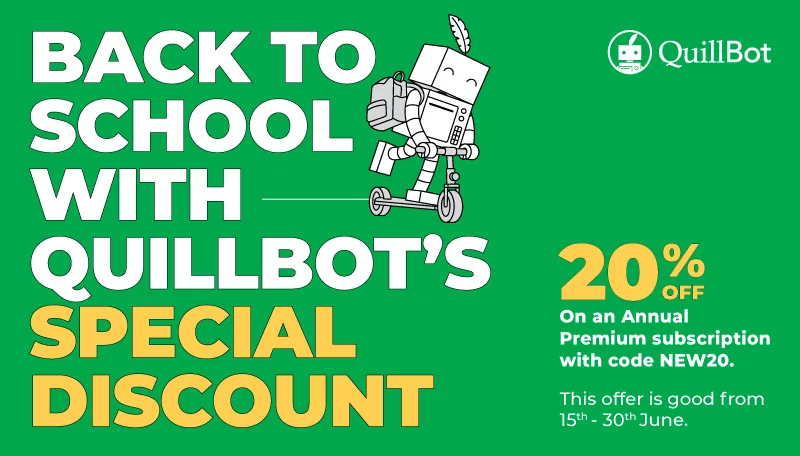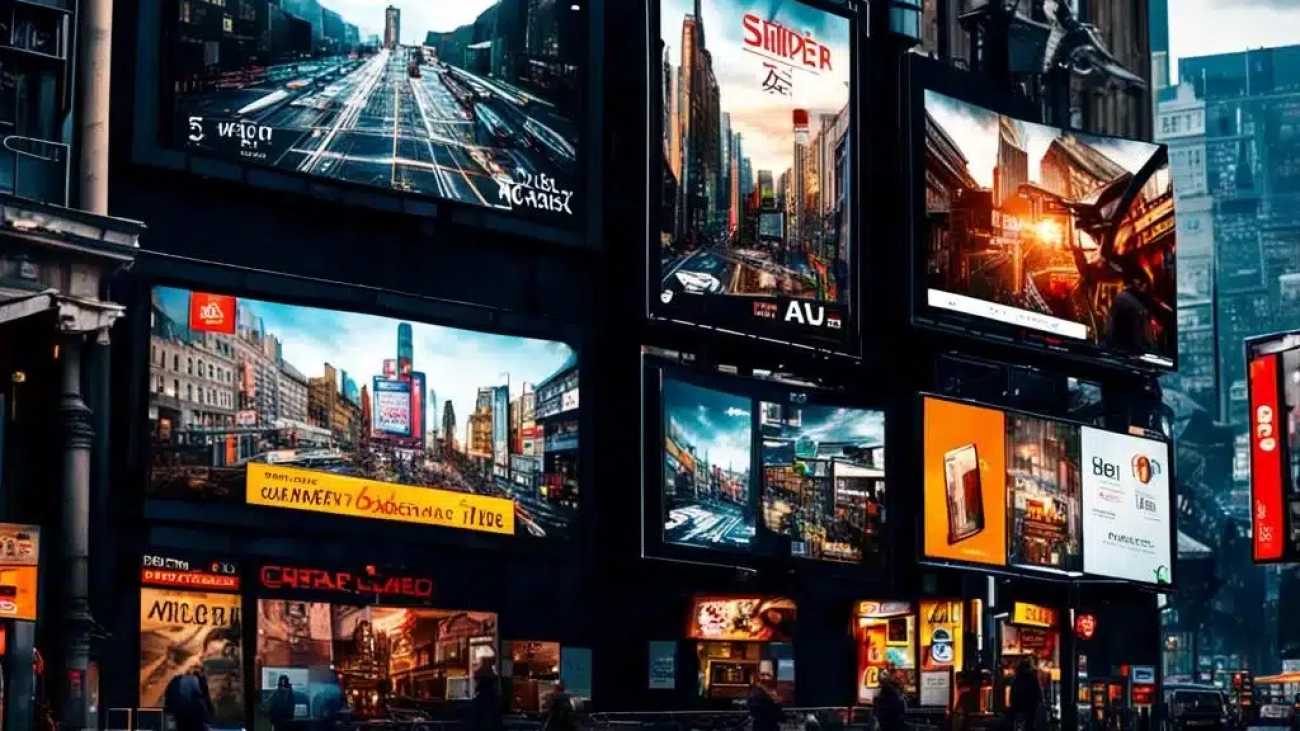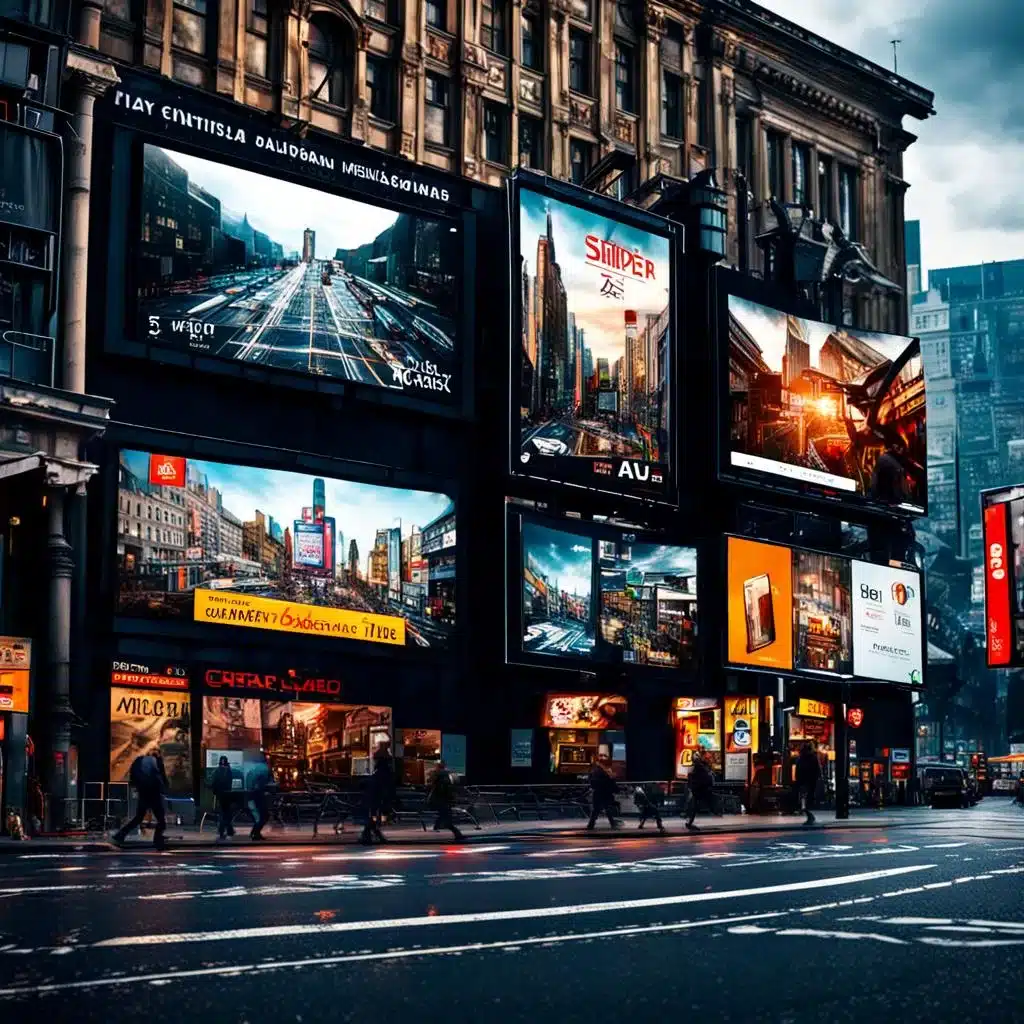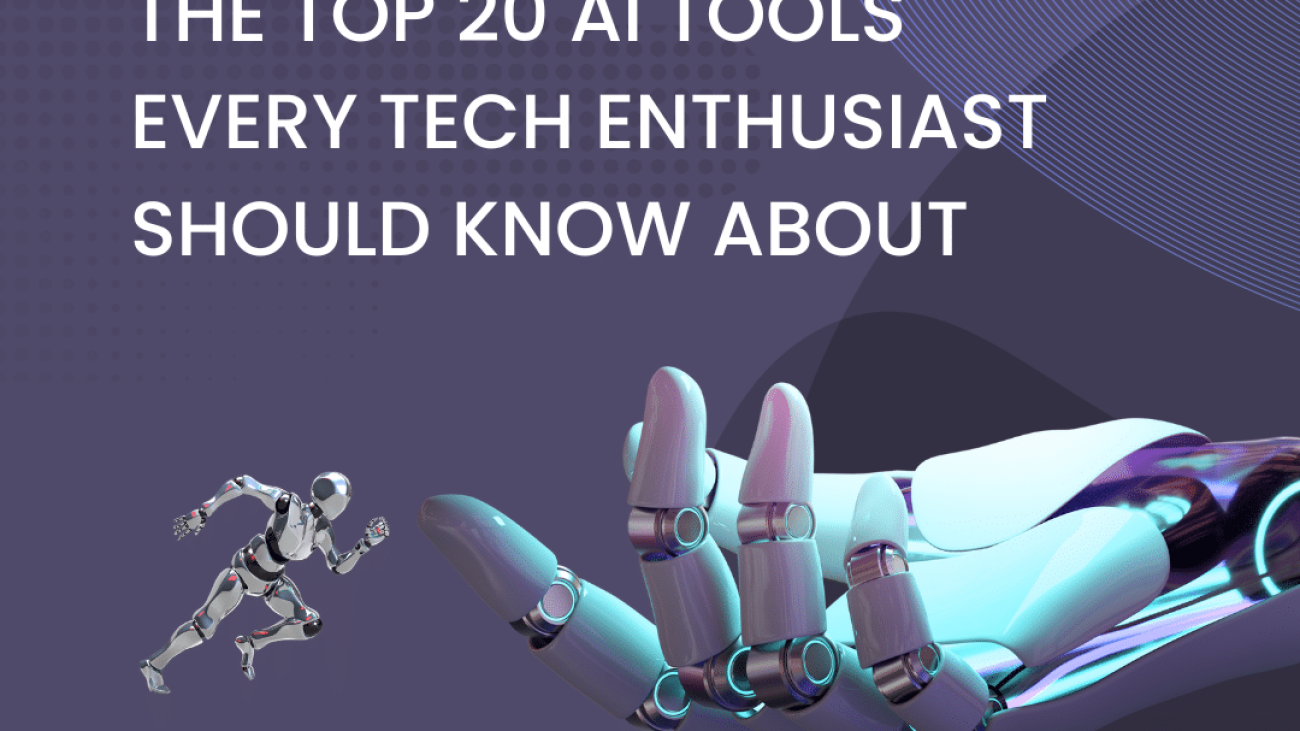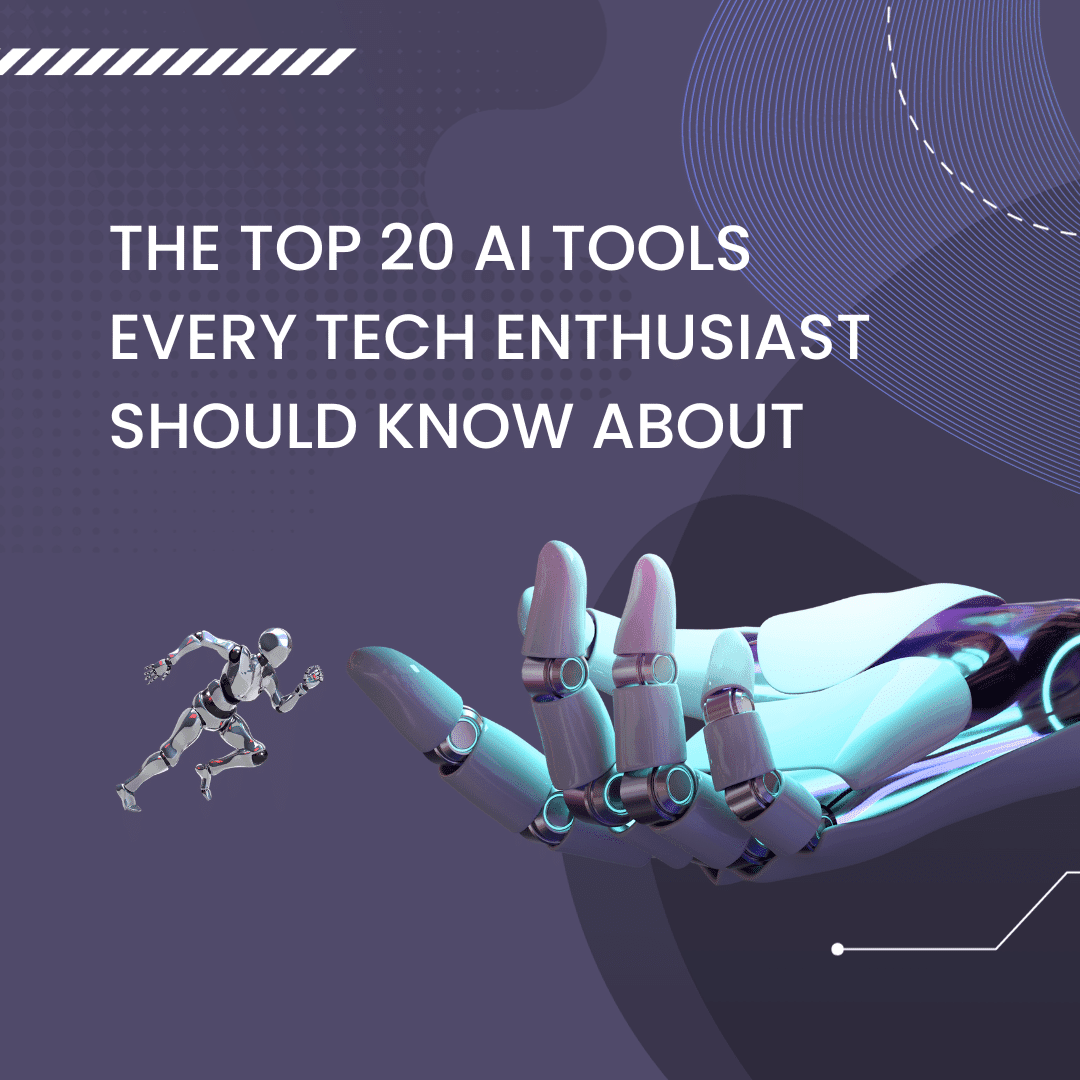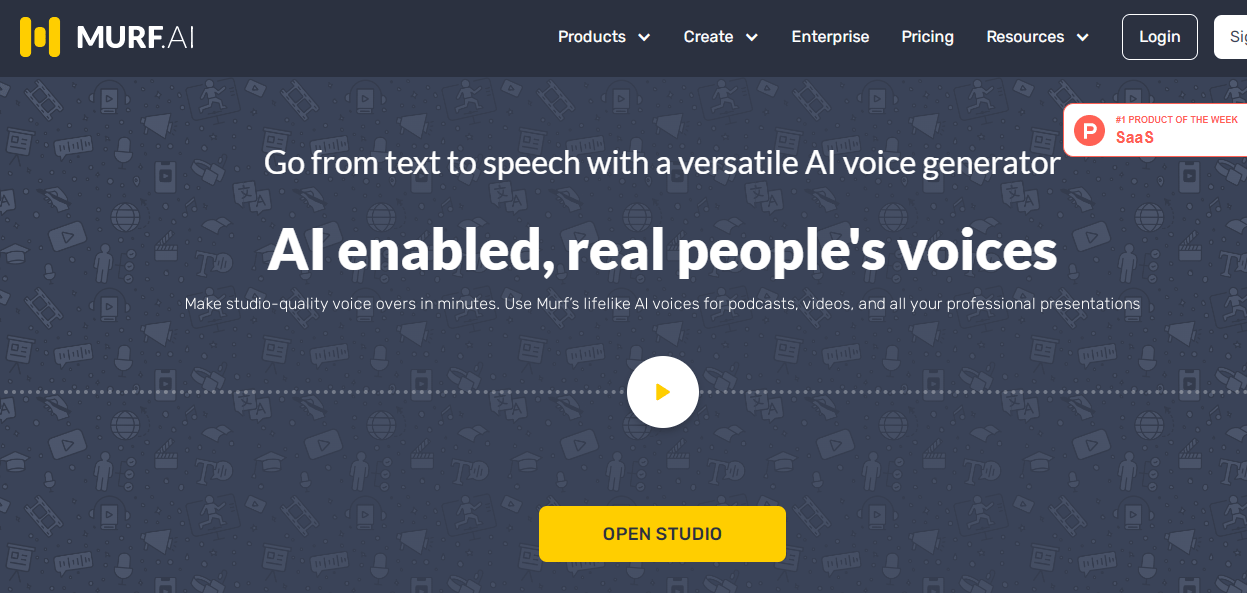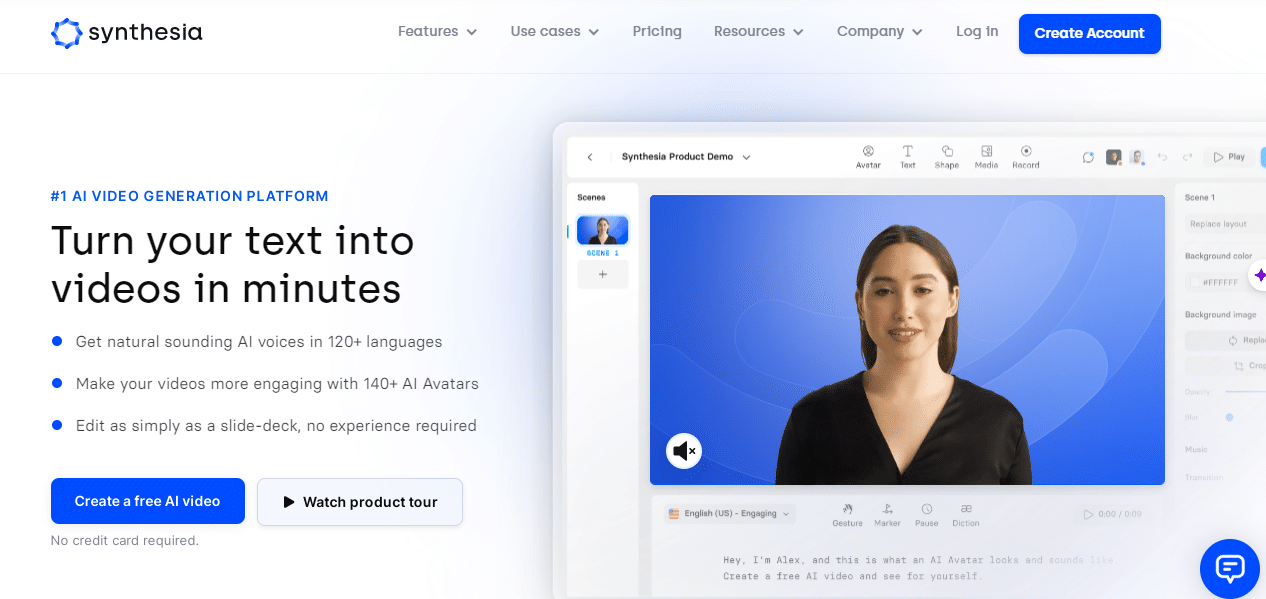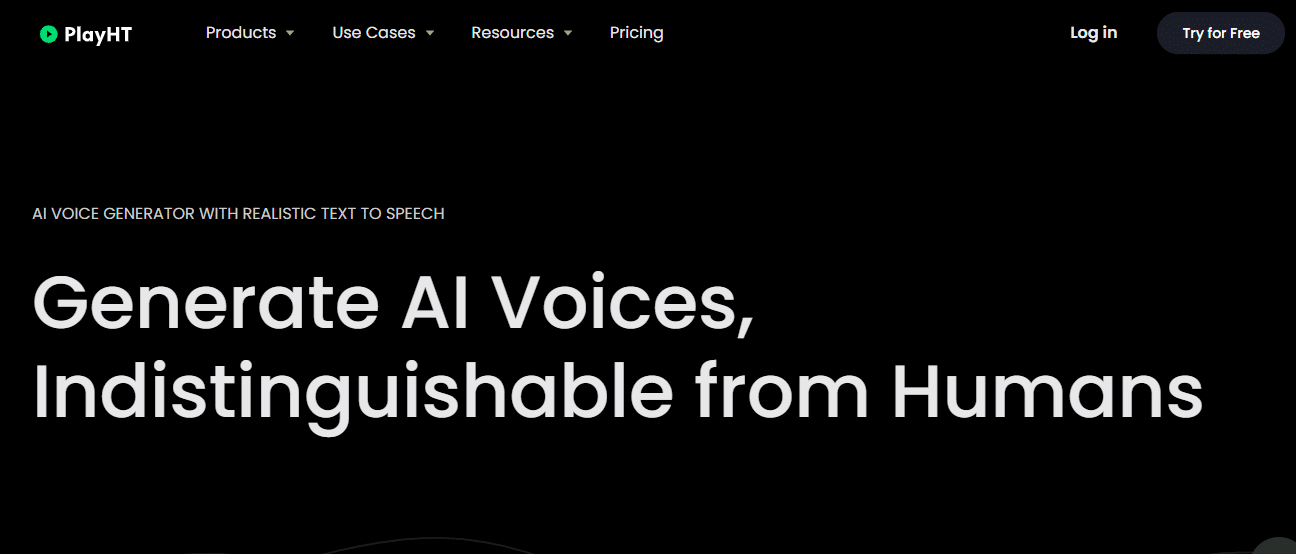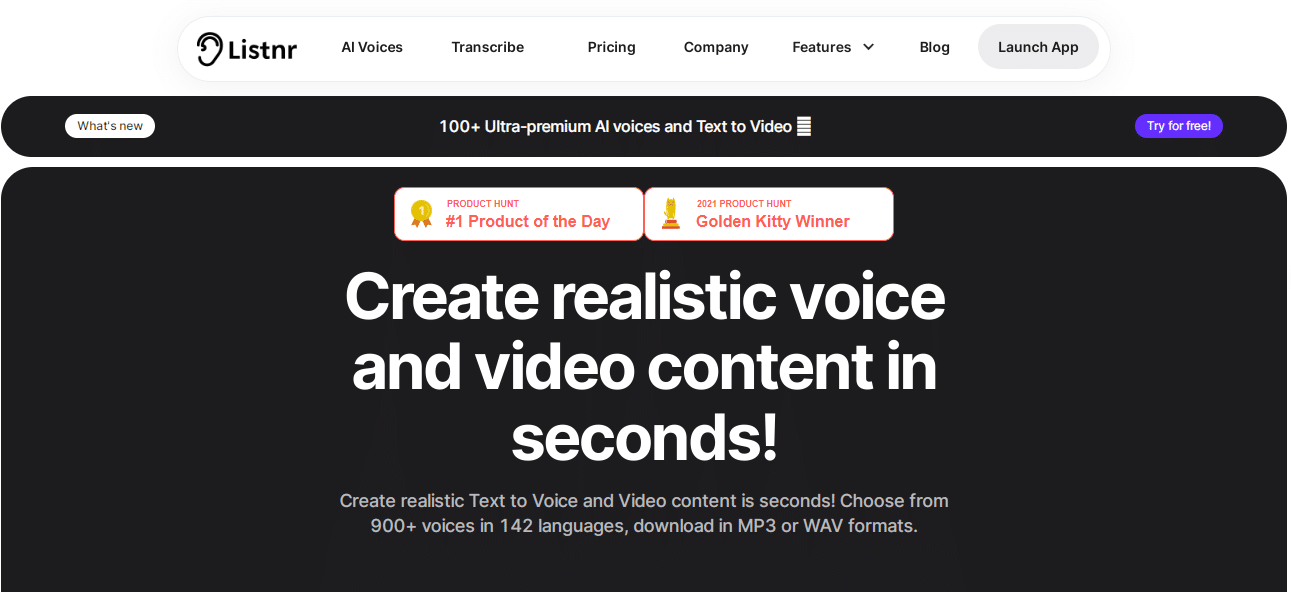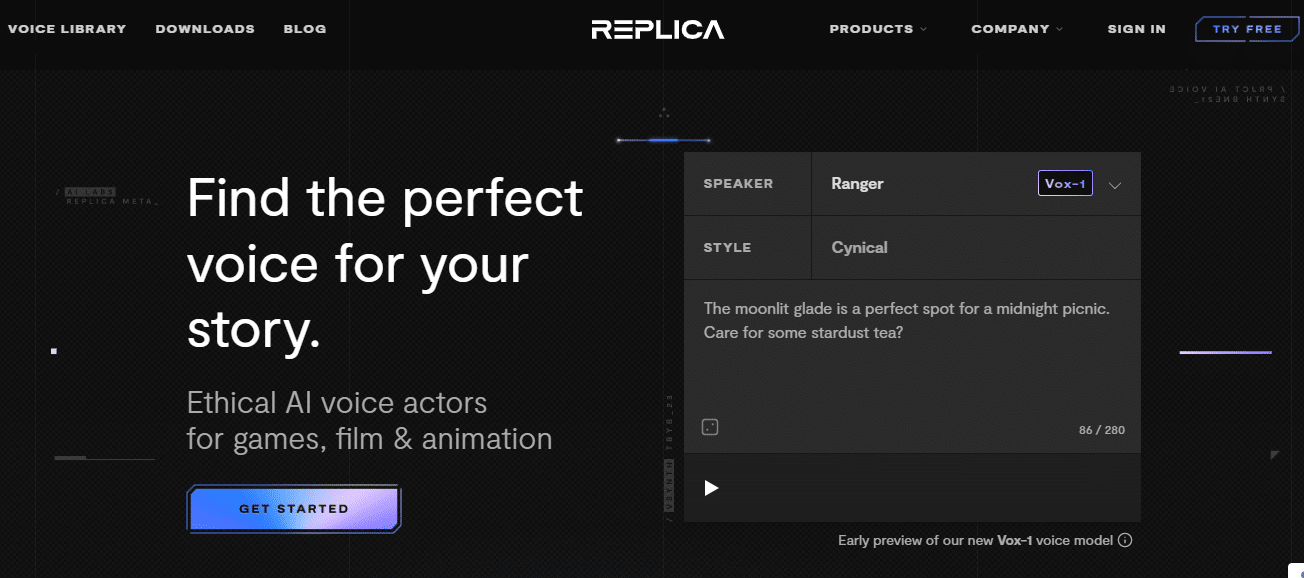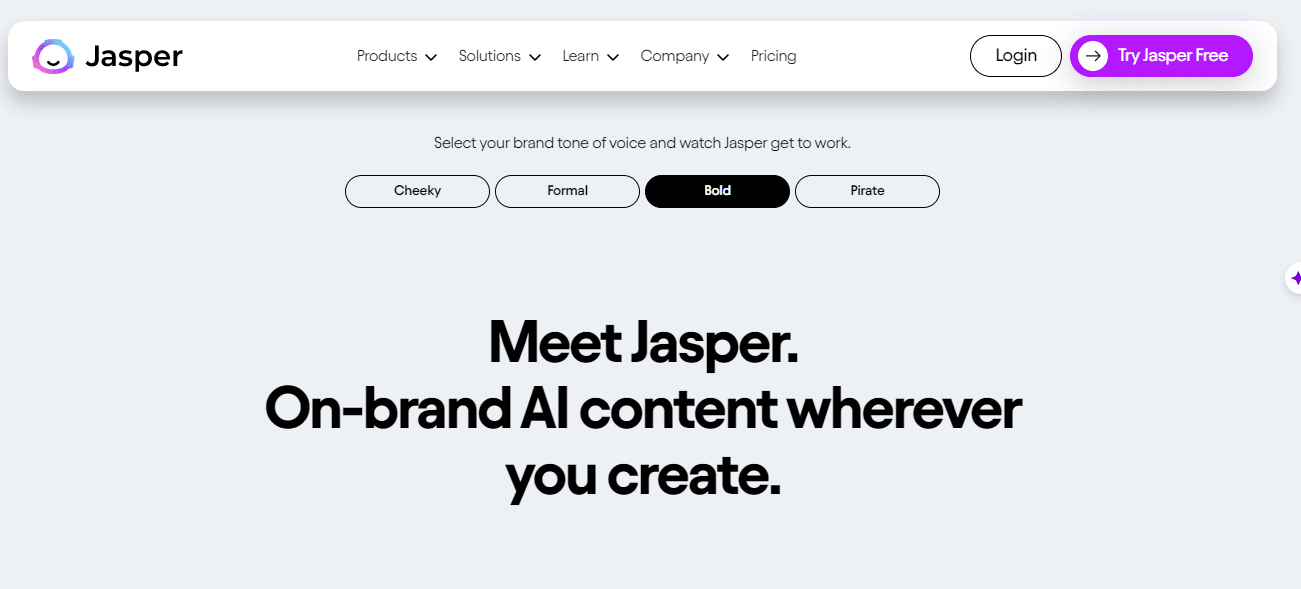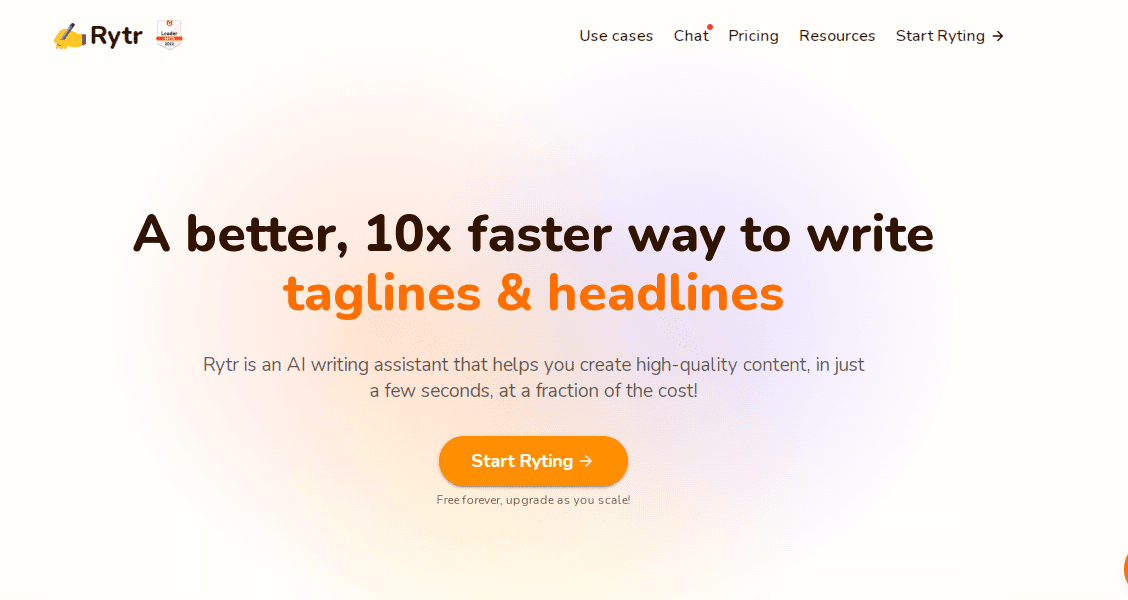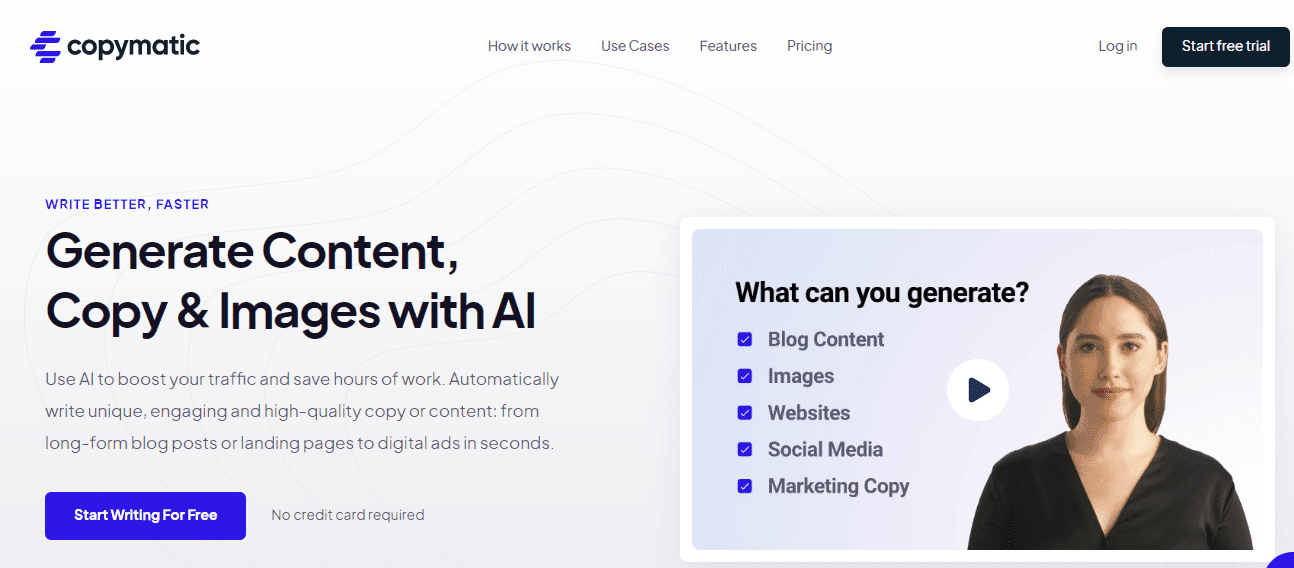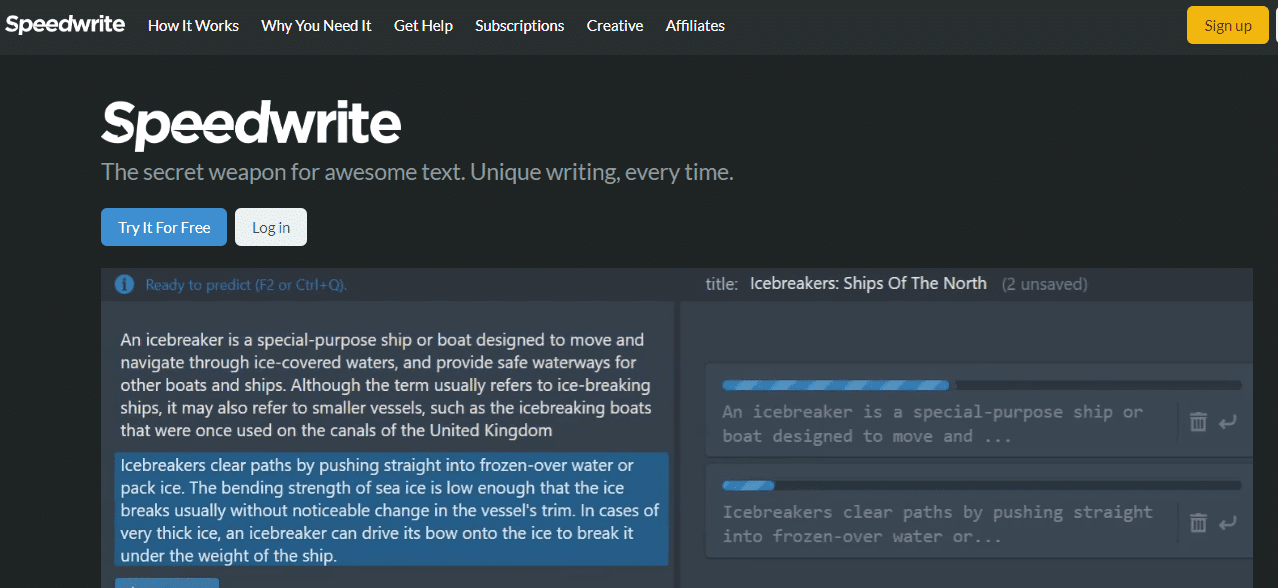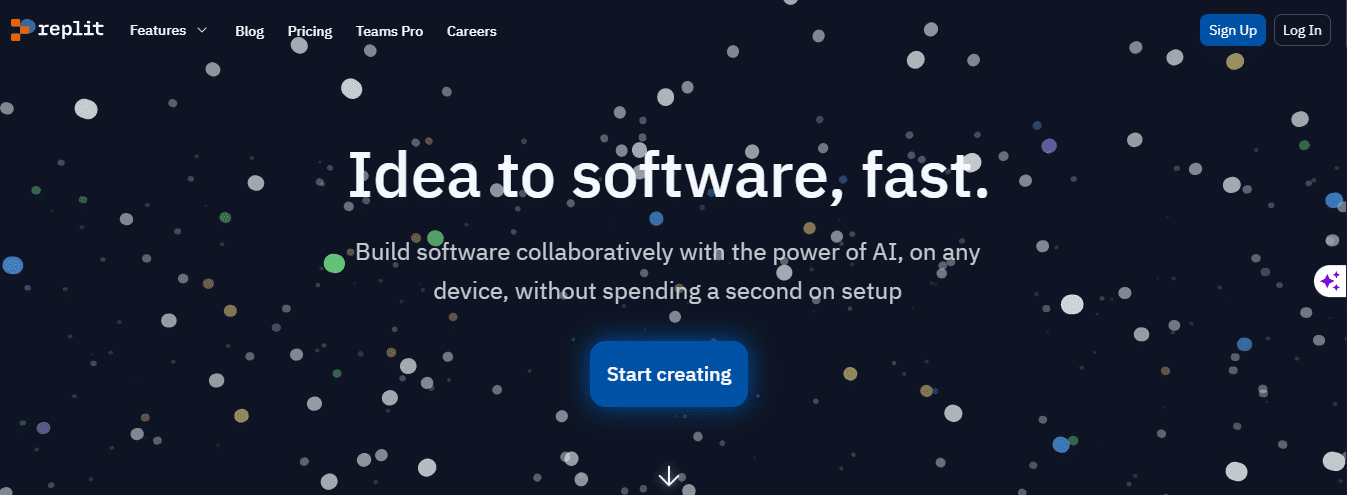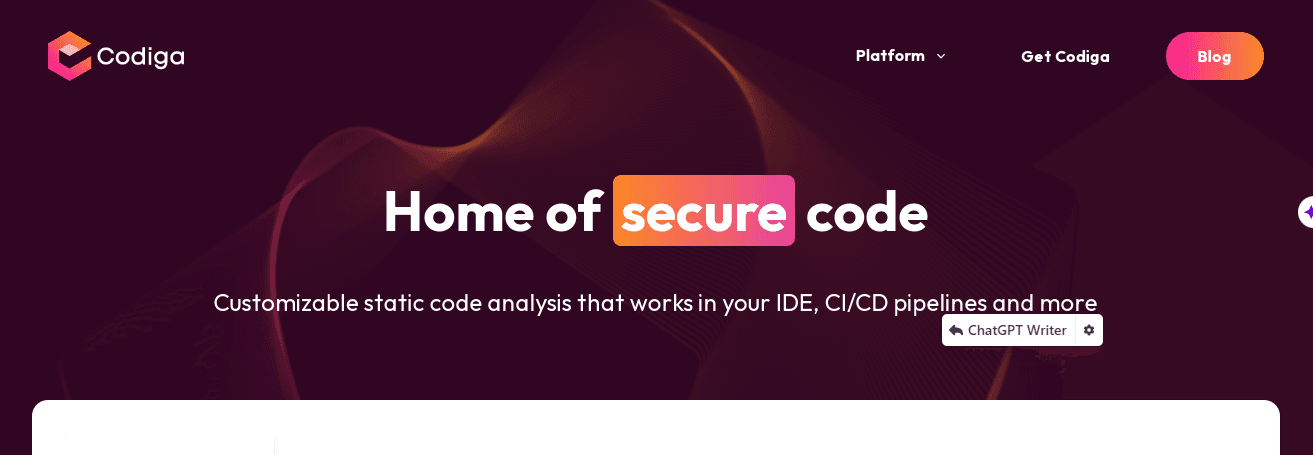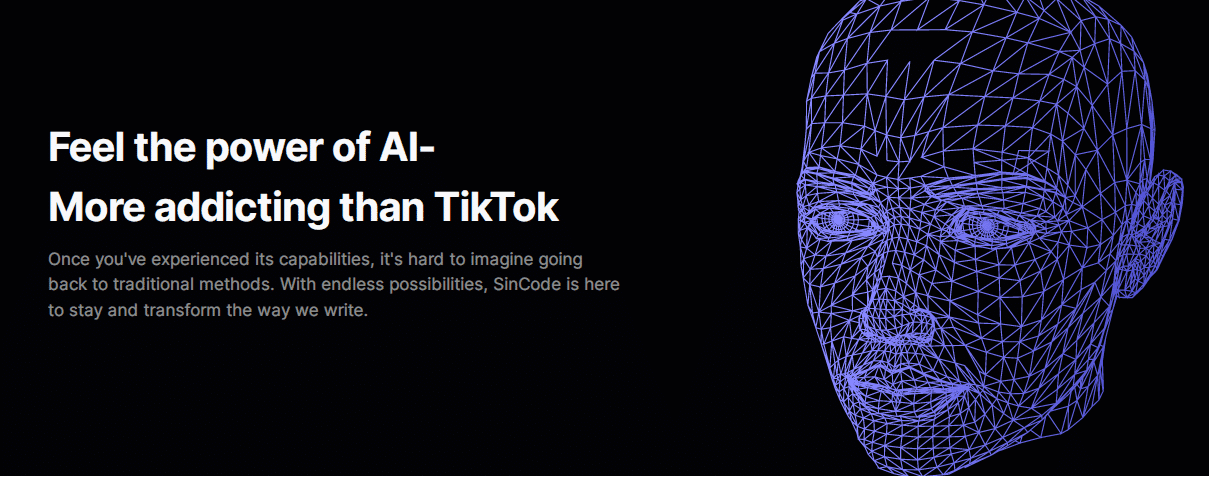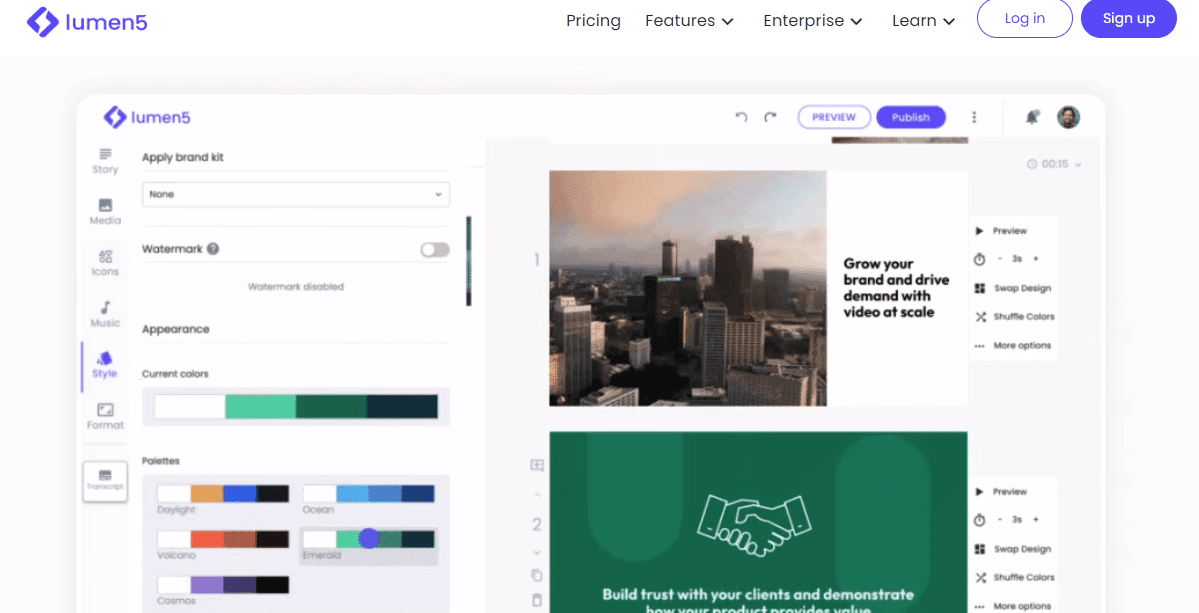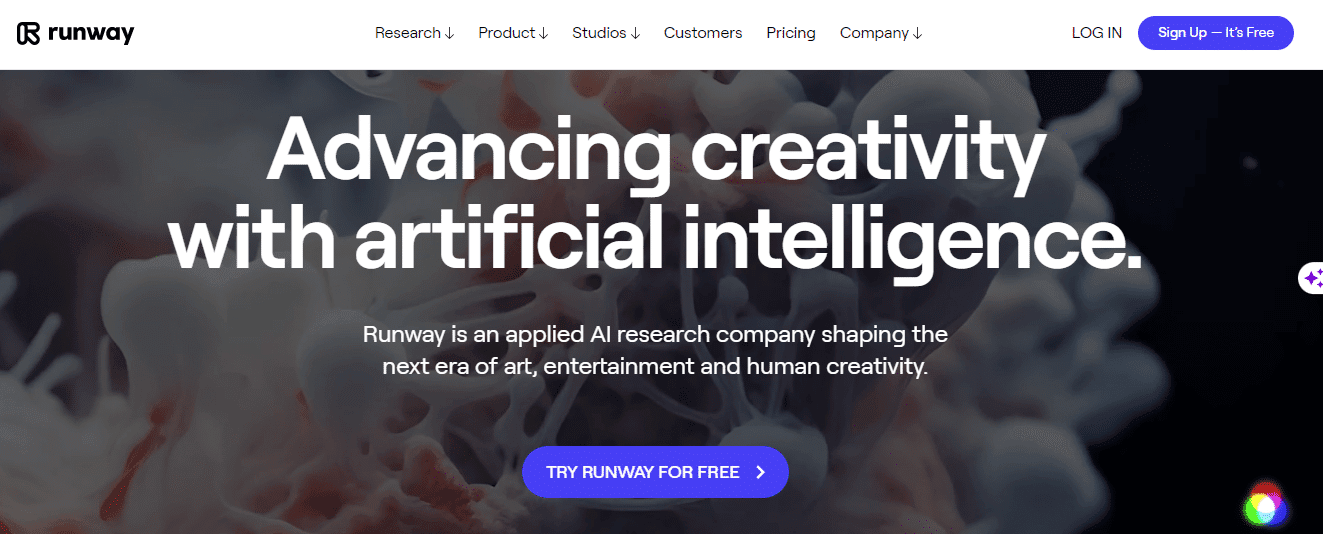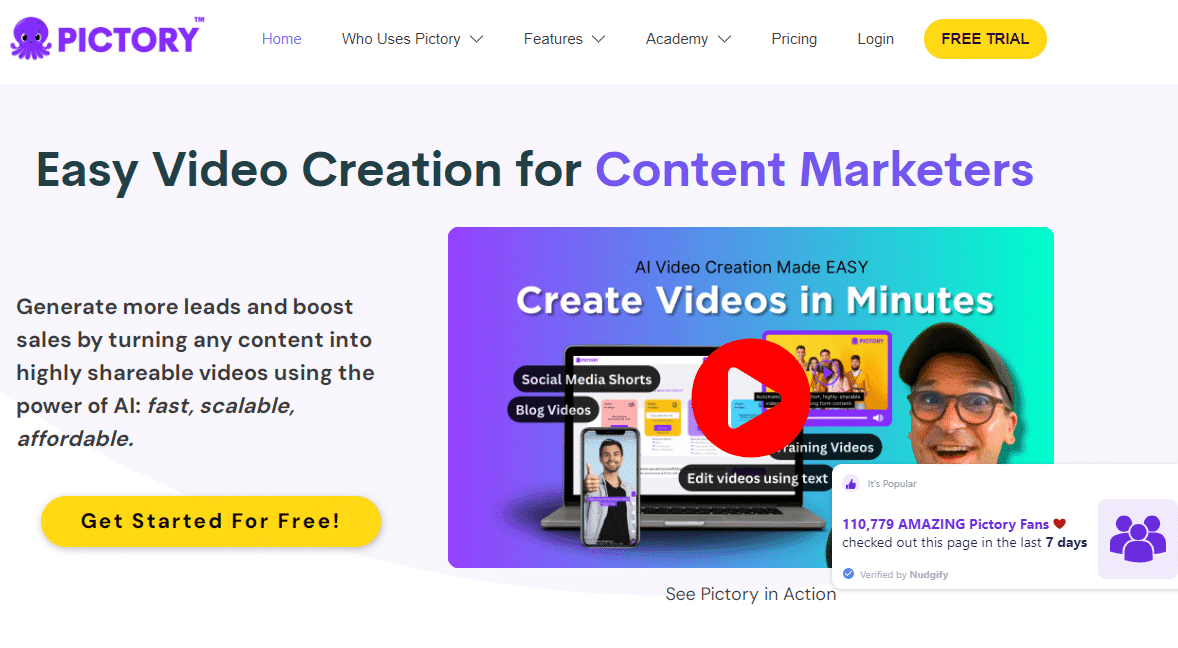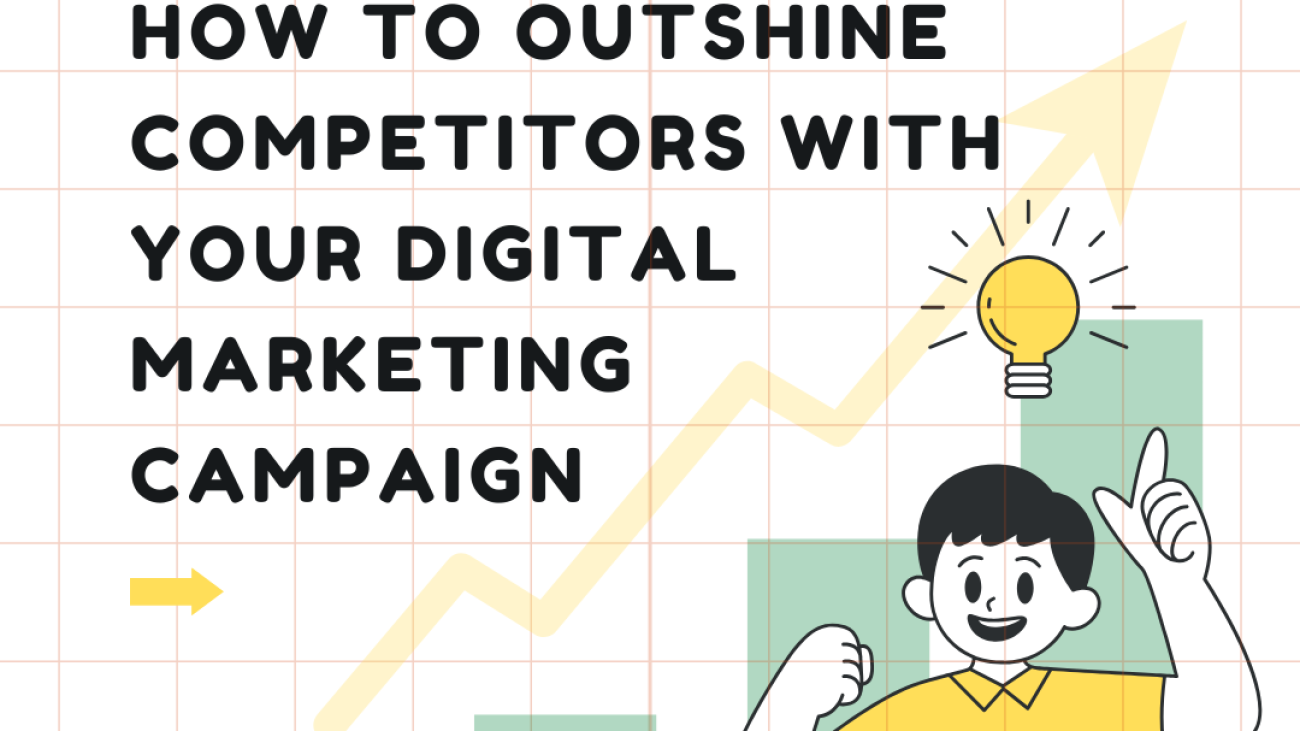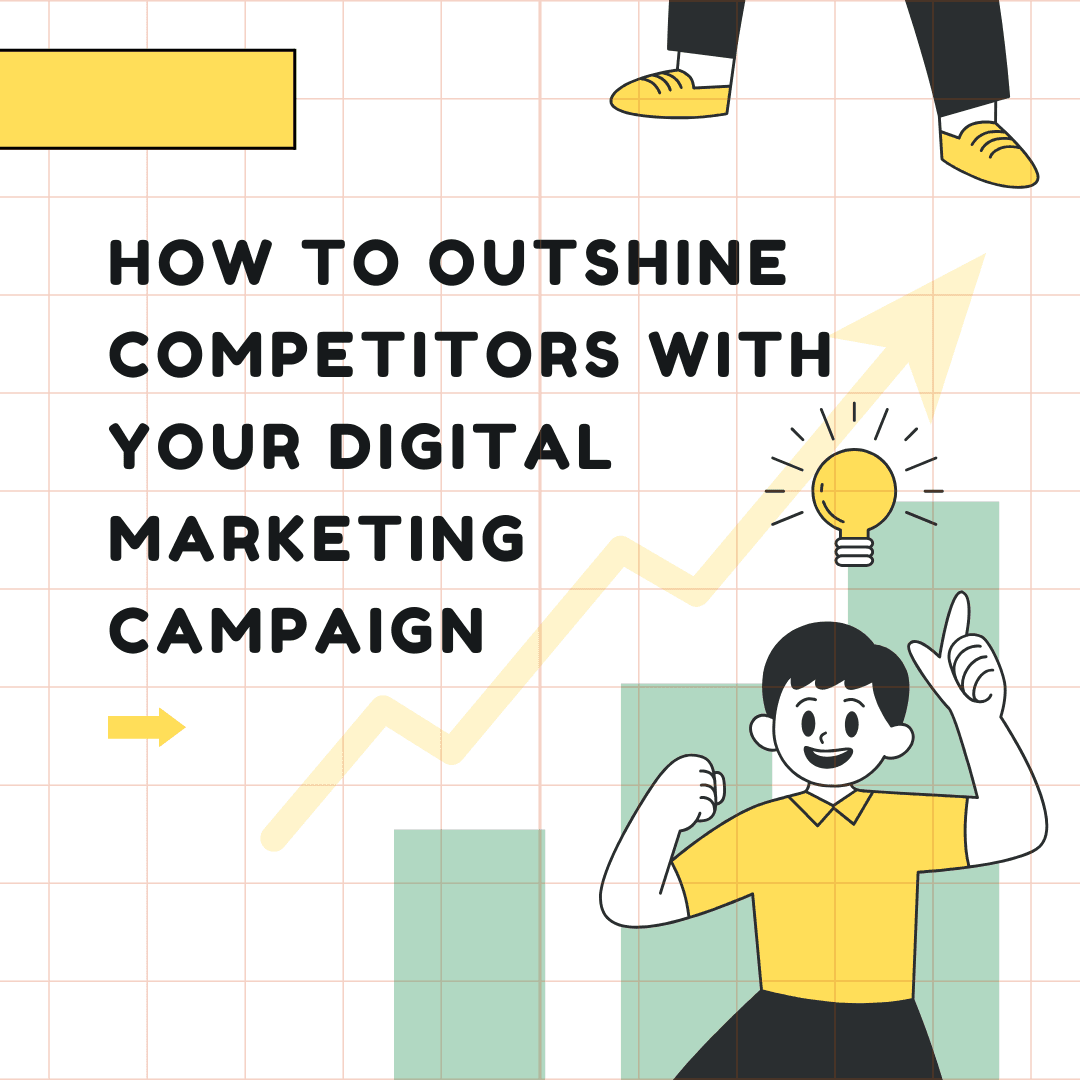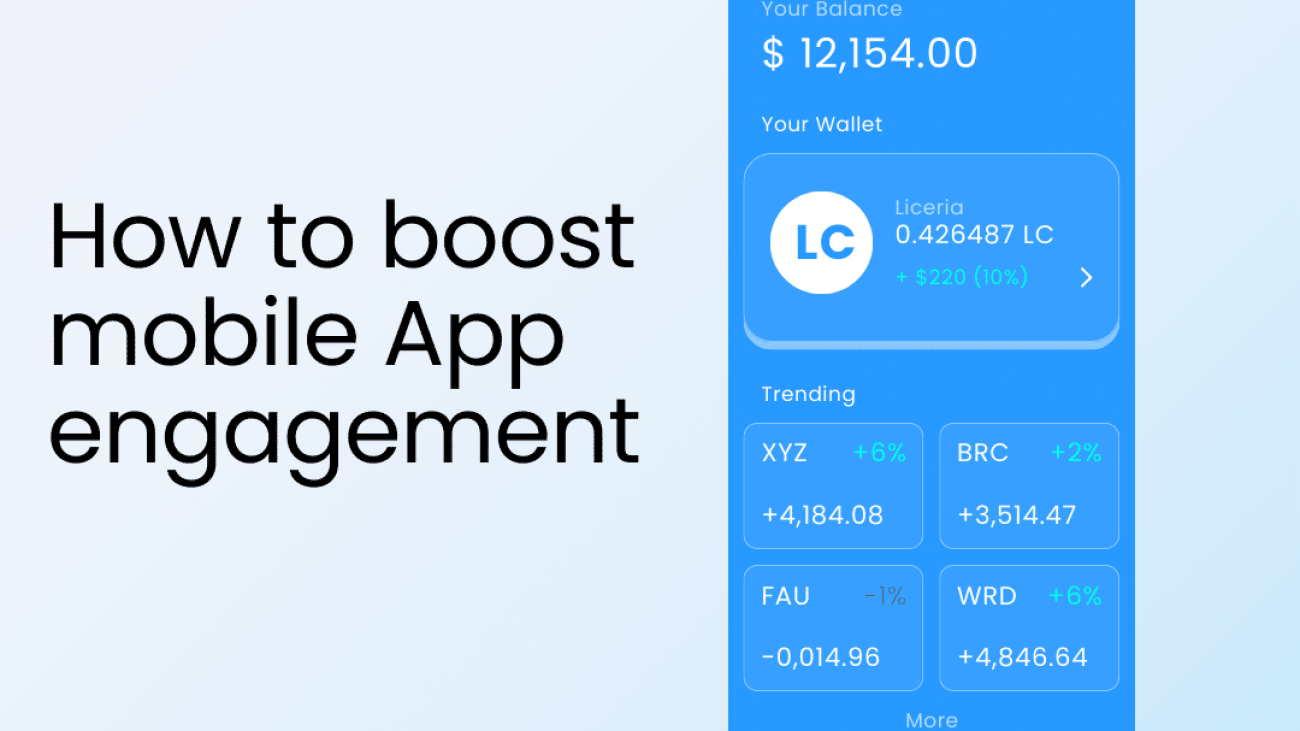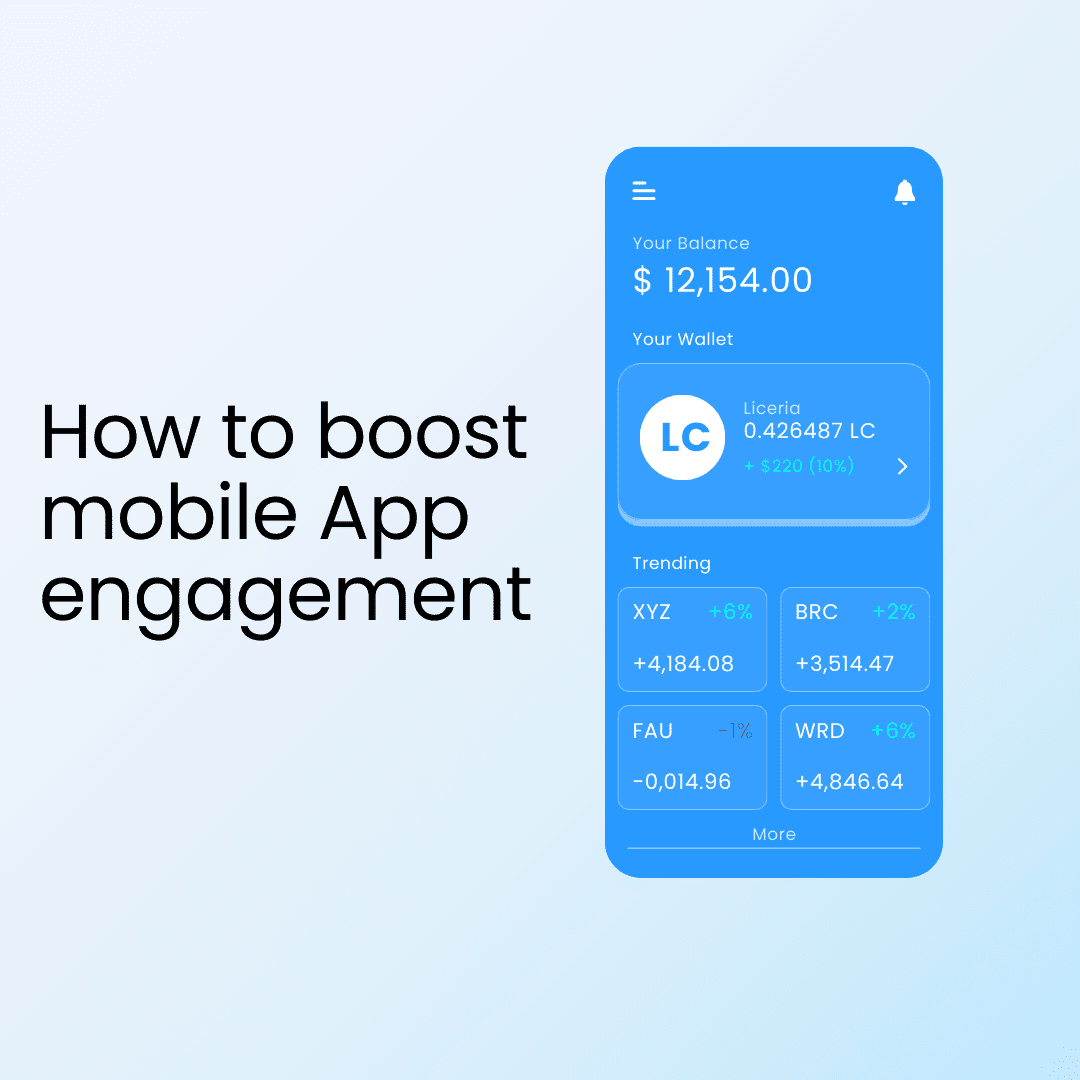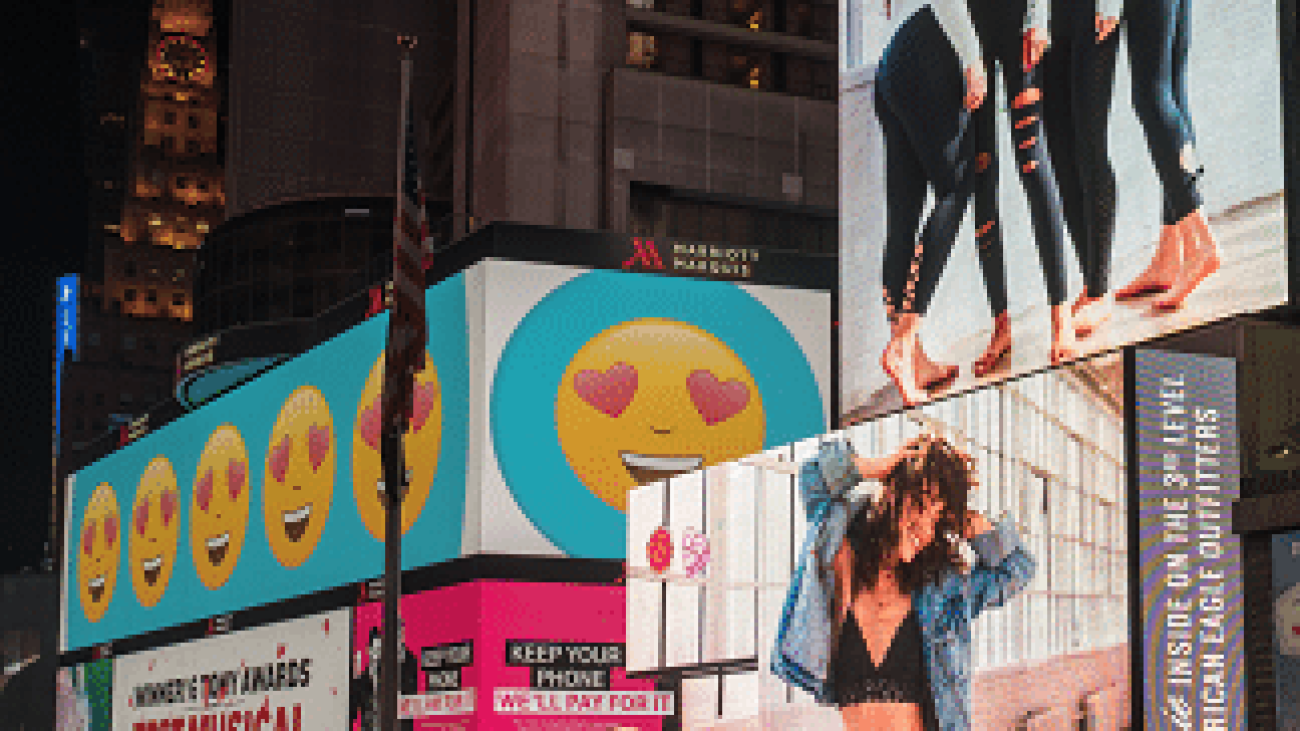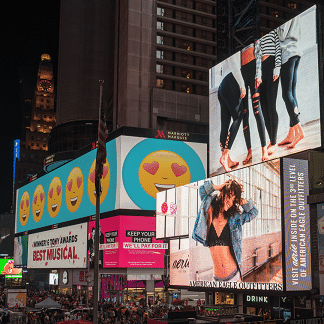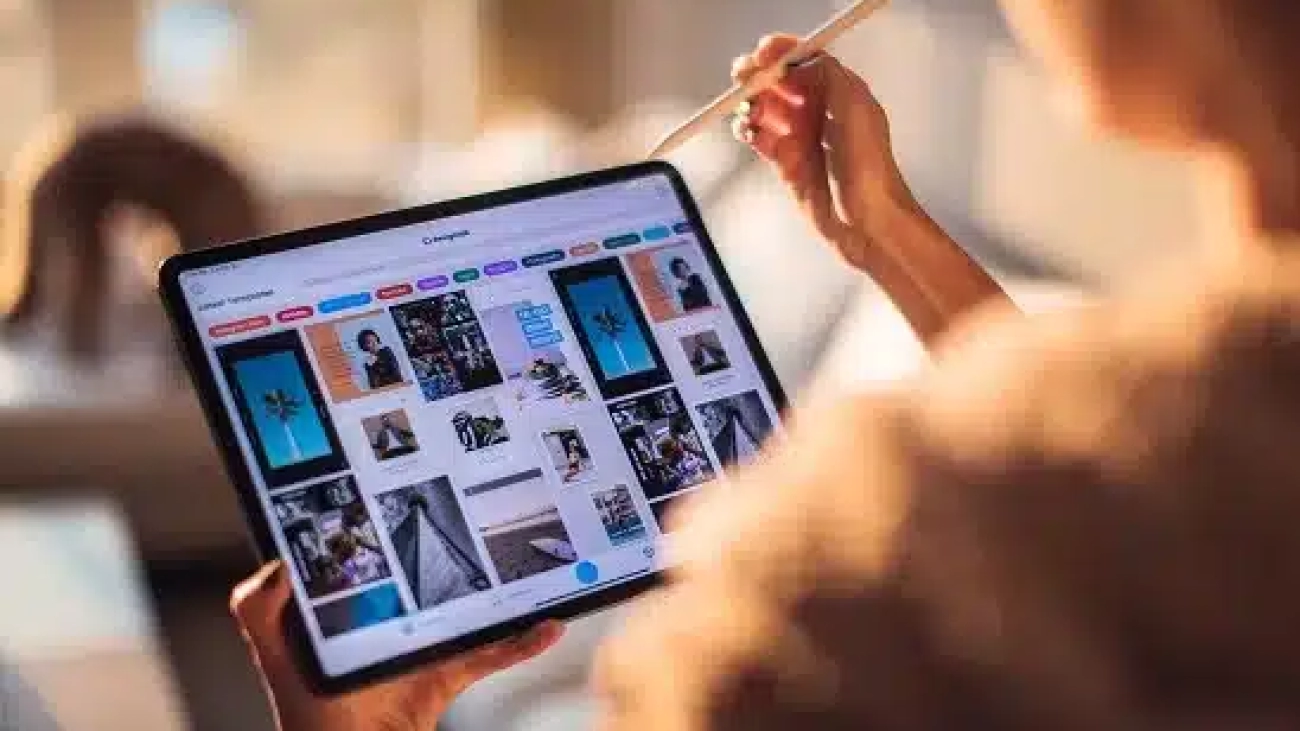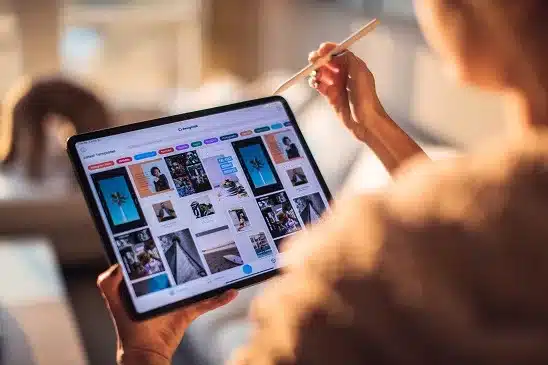
Acquiring new customers is only half the battle. The real challenge lies in retaining those customers and ensuring they keep coming back for more. This is where the concept of user retention comes into play. But what exactly is user retention and why is it so important? In this comprehensive article, we will delve deeper into the concept of user retention, its impact on businesses, and strategies for improving it. We will also discuss the benefits of focusing on user retention and how it can contribute to the overall growth and success of a business. According to Paddle, in a study of 149,000 SaaS customers, about 45% of churned customers cancel an average of 3 weeks before the end of the period.
What is User Retention?
User retention refers to the ability of a business to retain its existing customers over a period of time. It is a measure of how many customers continue to use a product or service after their initial purchase or sign-up. In simpler terms, it is the percentage of customers who stick around and keep coming back for more. It’s a key metric that businesses use to gauge their success in maintaining customer relationships and ensuring customer satisfaction.
Why is User Retention Important?
User retention is not just a number or a statistic. It’s a reflection of a business’s ability to satisfy its customers and meet their needs effectively. A high user retention rate indicates that a business is doing something right, whether it’s offering high-quality products or services, providing excellent customer service, or creating a positive user experience. On the other hand, a low user retention rate can be a warning sign of potential problems, such as poor product quality, inadequate customer service, or a negative user experience.
Here’s a breakdown of average retention rates for various industries according to the latest study: Industry Retention rates (%) Media 84% Professional services 83% Automotive and transportation 83% Insurance 83% IT 81% Construction 80% Finance 78% Telecommunications 78% Healthcare 77% Software 77% Banking 75%. In fact, 65% of customers want to buy from companies that offer quick and easy online transactions, according to our 2021 Trends Report. Source Zendesk. Why is customer retention important for businesses?
The Importance of User Retention
User retention is crucial for the long-term success of any business. Here are some reasons why:
Cost-Effective
Acquiring new customers can be expensive, especially in today’s digital age where competition is fierce. On the other hand, retaining existing customers is much more cost-effective. According to research by Bain & Company, increasing customer retention rates by just 5% can increase profits by 25% to 95%. This is because existing customers are more likely to make repeat purchases and spend more money than new customers.
Builds Brand Loyalty
When customers keep coming back to a business, it shows that they are satisfied with the product or service. This builds trust and loyalty towards the brand, making it more likely for them to continue using it and even recommend it to others. Brand loyalty is a powerful asset that can help a business stand out in a crowded market and gain a competitive edge.
Increases Customer Lifetime Value
Customer lifetime value (CLV) is the total amount of money a customer is expected to spend on a business over their lifetime. By retaining customers, businesses can increase their CLV, as these customers are likely to make repeat purchases and potentially even upgrade to higher-priced products or services. This not only increases revenue but also improves the profitability of the business.
Positive Impact on Revenue
User retention has a direct impact on a business’s revenue. As mentioned earlier, retaining customers can lead to increased profits. Additionally, loyal customers are more likely to spend more money on a business’s products or services, making them a valuable source of revenue. This is why businesses should focus on not just attracting new customers, but also retaining existing ones.
Enhances Brand Reputation
A high user retention rate can enhance a business’s reputation. When customers keep coming back, it sends a positive message to other potential customers about the quality of the business’s products or services. This can help attract new customers and grow the business.
Facilitates Business Growth
User retention is a key driver of business growth. By retaining customers, businesses can ensure a steady stream of revenue, which can be reinvested into the business to drive growth. This could be in the form of expanding product lines, entering new markets, or investing in research and development.

Strategies for Improving User Retention
Now that we understand the importance of user retention, let’s look at some strategies for improving it.
1. Offer a Great User Experience
The first step towards retaining customers is to provide them with a great user experience. This includes everything from the design and functionality of a website or app to the quality of customer service. A seamless and enjoyable user experience will keep customers engaged and coming back for more. It’s also important to ensure that the user experience is consistent across all touchpoints, whether it’s in-store, online, or on mobile.
2. Personalize the Experience
Personalization is key to keeping customers engaged and interested in a business’s products or services. By collecting data on customer behavior and preferences, businesses can tailor their offerings to meet the specific needs of each customer. This makes them feel valued and increases the chances of them sticking around. Personalization can be as simple as addressing customers by their name in emails or as complex as offering product recommendations based on their browsing history.
3. Communicate Regularly
Regular communication with customers is essential for building and maintaining relationships. This can be in the form of email newsletters, social media updates, or personalized messages. By staying in touch, businesses can keep customers informed about new products or services, special offers, and other relevant information. It’s also a good opportunity to gather feedback and understand customer needs and preferences better.
4. Offer Incentives and Rewards
Everyone loves a good deal, and offering incentives and rewards is a great way to keep customers coming back. This could be in the form of discounts, loyalty programs, or referral bonuses. Not only does this encourage customers to make repeat purchases, but it also makes them feel appreciated and valued by the business. It’s important to ensure that the rewards are relevant and valuable to the customers to maximize their effectiveness.
5. Listen to Feedback
Customer feedback is a valuable source of information for businesses. By listening to what customers have to say, businesses can identify areas for improvement and make necessary changes to keep customers satisfied. This also shows that the business values their customers’ opinions and is committed to providing the best possible experience. Feedback can be gathered through surveys, social media, or direct communication with customers.
6. Continuously Improve
In today’s fast-paced world, businesses need to constantly evolve and improve to stay ahead of the competition. This applies to user retention as well. By continuously analyzing data and making improvements, businesses can keep customers engaged and interested in their offerings. This could be in the form of updating products or services, improving customer service, or enhancing the user experience.
7. Provide Excellent Customer Service
Customer service plays a crucial role in user retention. When customers have a positive experience with a business’s customer service, they are more likely to continue doing business with them. This includes responding to customer inquiries promptly, resolving issues effectively, and going above and beyond to meet customer needs.
8. Build a Community
Building a community around a business or brand can help improve user retention. This could be in the form of a social media group, a forum, or a loyalty program. A community gives customers a sense of belonging and makes them feel more connected to the business. It’s also a great platform for businesses to engage with their customers and build stronger relationships.
Conclusion
User retention is a powerful tool for businesses looking to achieve long-term success. By focusing on providing a great user experience, personalizing the experience, and staying in touch with customers, businesses can improve their user retention rates and reap the benefits of loyal and satisfied customers. Remember, it’s not just about acquiring new customers, but also about keeping them coming back for more. With the right strategies and a customer-centric approach, businesses can significantly improve their user retention and drive growth and profitability.


